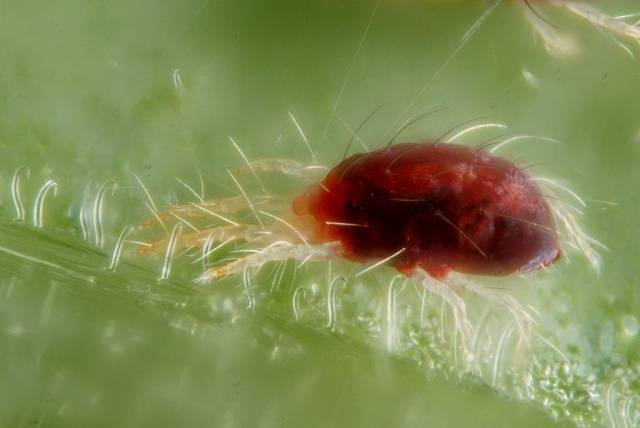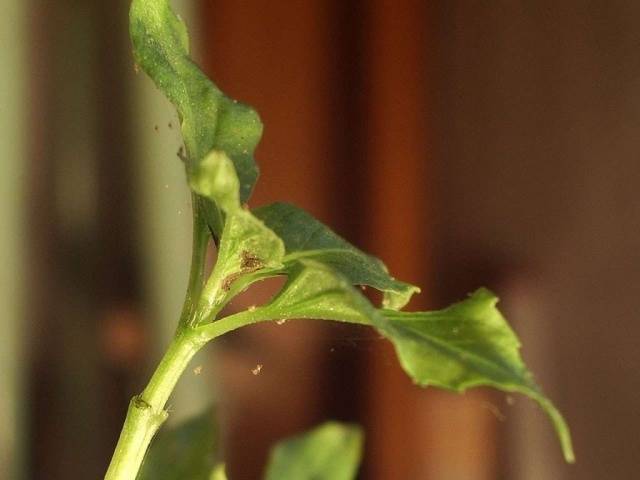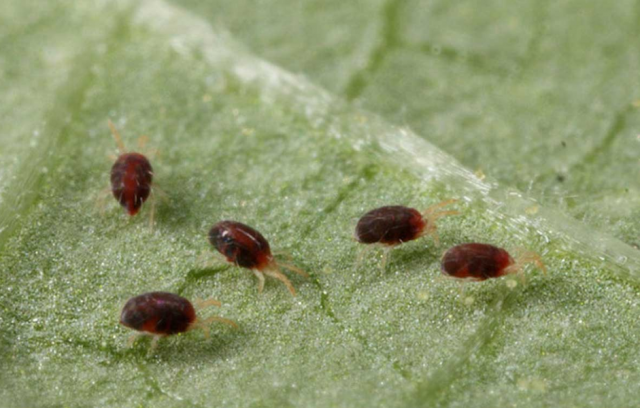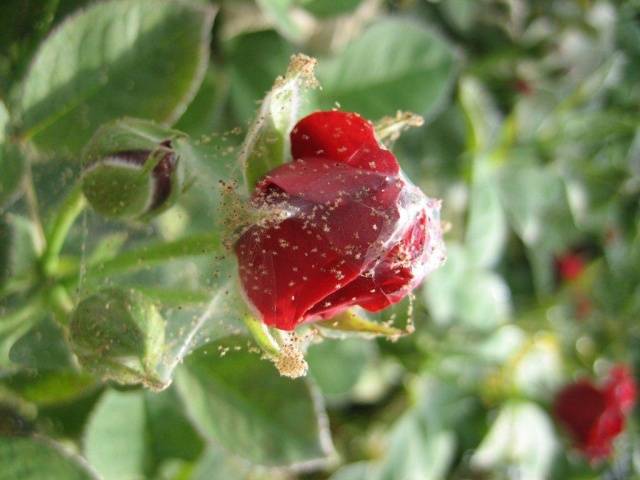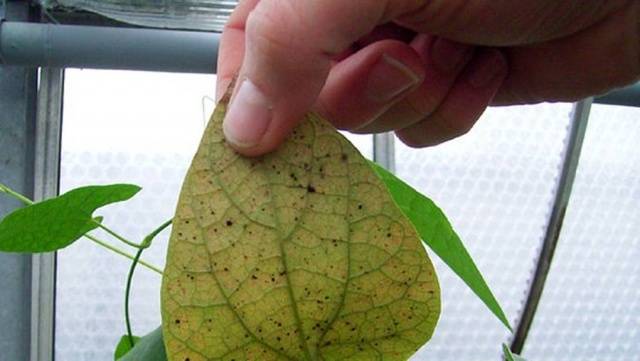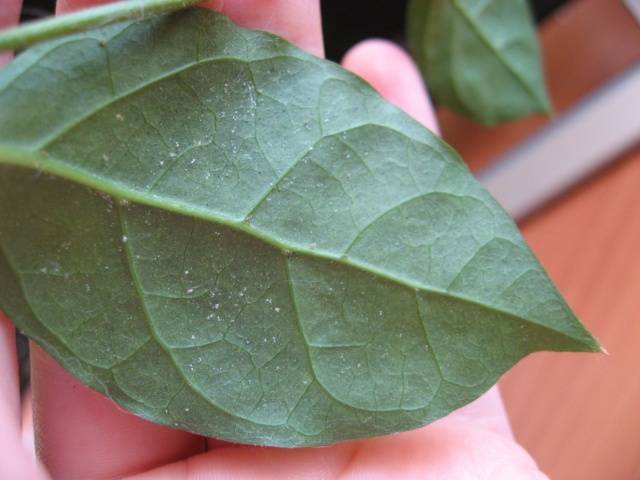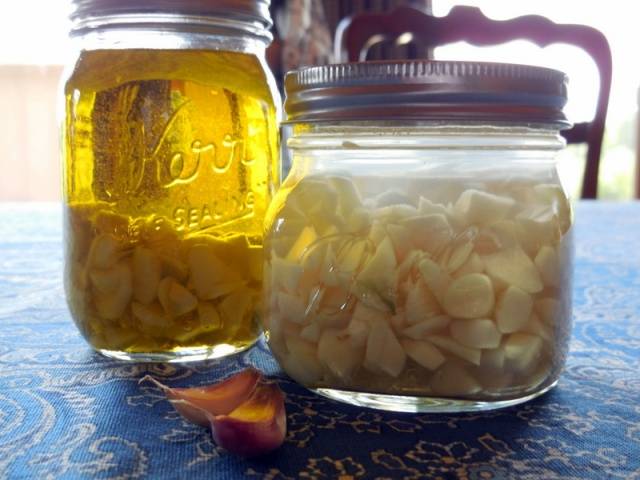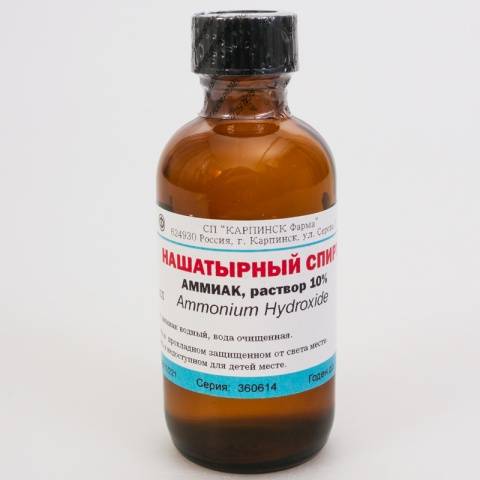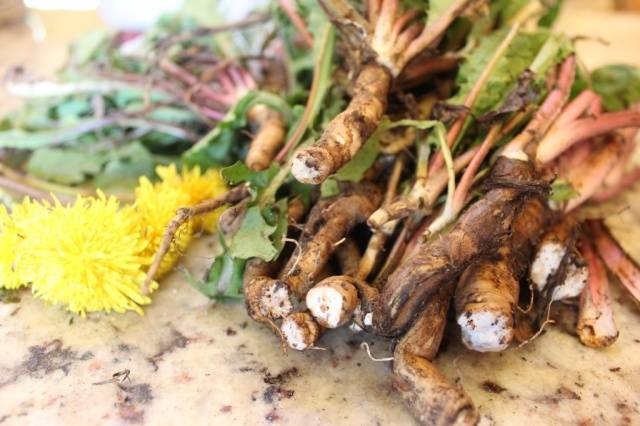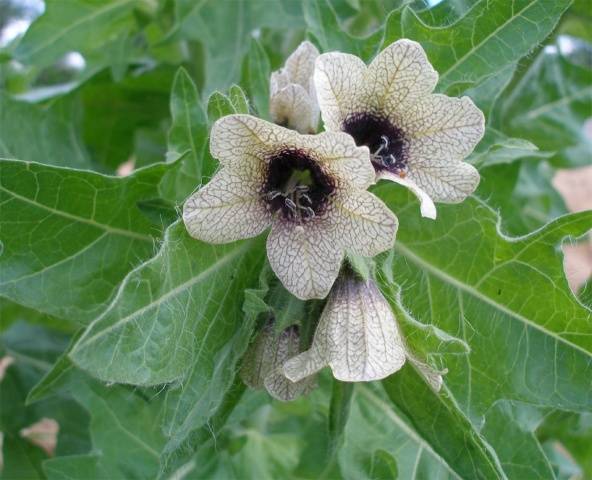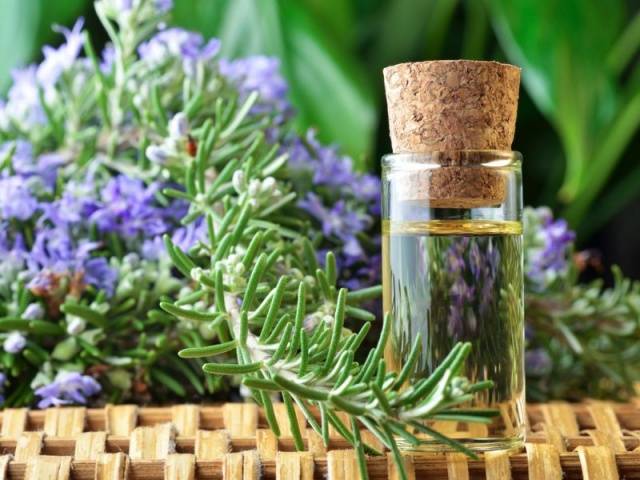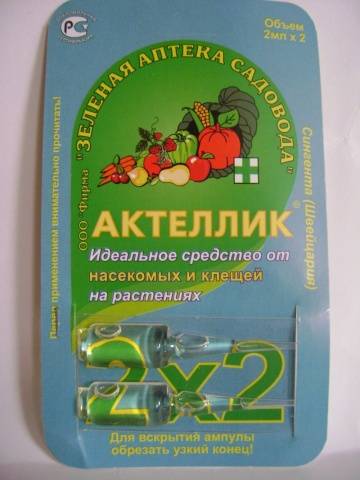Content
A headache for gardeners and gardeners is a tiny spider mite that sucks the juices from many types of ornamental and cultivated plants. This insect multiplies quickly and adapts to poisons. This article will discuss how to get rid of a spider mite using special preparations and folk remedies.
The pest destroys the leaves of vegetable crops, decorative indoor and outdoor plants, and trees. The fight against it will be successful only if you use repeatedly proven drugs and recipes based on the characteristics of the life of the arthropod.
Pest control methods are very different. There are 3 groups of drugs used for this:
- Chemicals - insectoacaricides.
- Biochemicals or biologics.
- Folk recipes.
But first, we suggest that you familiarize yourself with the biology of the tick, which will allow you to understand how to eradicate the pest from your flowers and plants.
Insect description
A spider mite is an Arthropod animal belonging to the Arachnid class. There are approximately 1,300 species of ticks. Distributed everywhere.
What does a spider mite look like? Its interesting feature is the absence of respiratory organs and eyes. The average size is 1 mm. There are species up to 2 mm in size. Although there are also microscopic mites, the size of which is 0.2 mm. The body of the arthropod is oval, divided into 2 unequal parts or whole. The body is convex from above, and even from below. An adult has 8 legs, 4 on each side.
Since there are many species of ticks, their color can be very different. There are red, red, yellowish, colorless and gray individuals. The mouth is piercing, it is a large heart-shaped formation with two stylets. Lives most often on leaves.
In representatives of this type of Arthropods, sexual dimorphism is observed. Males are small and have an elongated body. The larva has only 6 legs and is transparent, and the nymph has a body larger than that of the male and has 8 legs.
Varieties of spider mites
Although there are more than 1300 species of ticks in nature, however, there are the most common representatives:
- Ordinary... Destroys almost all indoor, decorative and plants growing in greenhouses and open ground. Ticks live in colonies, most often located on the inside of the leaf. However, they gradually migrate to the shoots, namely to their apical parts. First, typical dots and spots of yellow color appear on the leaves. A white thin web forms between the stems and leaves. The color of the tick is red-pink. The plant is destroyed not only by adults, but even by their larvae. They can move from a damaged plant to a healthy plant, thus gradually destroying all plantings.
- Atlantic... It has a yellow-green color. It can settle on any part of the plant. Unlike other species, the Atlantic spider mite is not afraid of even high humidity. It affects citrus and domestic palms.
- False... Has a length of up to 0.3 mm. It comes in all shades from red to green. Doesn't weave a web.If the ticks become visible, then the lesion is already huge.
- Red spider mite settles on indoor flowers. The pest is afraid of cold water and high humidity. The higher the temperature, the faster the breeding process takes place.
- Cyclamen... The very name of the arthropod speaks about itself, since its main delicacy is cyclamen. But it also occurs on other plants.
- Gallic view of an elongated shape, up to 0.3 mm long. The color ranges from rusty brown to white. After the mites suck out the contents of the cells, galls (abnormal growth of cells) are formed on the shoots and leaves, reaching a diameter of 1–2.5 cm. Ticks live and multiply inside the galls. This type of pest is spread with planting material, water for irrigation and with the help of insects and wind. Gall mites are not afraid of even viral diseases.
- Wide spider mite... The arthropod is invisible when viewed with the naked eye. His actions lead to distortion of the shape of flowers, buds and leaves. It settles on the underside of leaves. It multiplies actively. In hot summers, a new army of arthropods hatch every 4–5 days. After a short amount of time, brown-red dust with cobwebs forms on the affected plants and flowers. Colloidal sulfur preparations, as well as celtan, can be used to destroy pests. A flat or wide mite does not weave a web.
- Briobia mites settle on ornamental plants growing in an enclosed space. Yellowish and white streaks are clear evidence of plant damage. The mite lays rather large eggs along the veins of the leaves; they have a bright orange color.
- Clover mite settles mainly on bulbous flowers. On a plant affected by a clover mite, tunnels are noticeable, which are filled with brown dust.
- Bulbous root spider mite. The pest is visible when inspecting a cultivated or ornamental plant. Lays eggs in the moves. At one time, the female can lay approximately 300 eggs. Gradually, the pest eats up the inside of the bulb, as a result of which it turns into dust.
All types of these pests survive even under adverse conditions, so control measures must be severe. Spider mite females can hide by burying themselves in the ground, or by burying in secluded places, for example, under fallen leaves or in the crevices of pots. After that, they enter diapause or hibernation. After that, they leave the sleep phase and continue their normal life activities.
The main signs of plant damage
As a result of damage to a flower or cultivated plant by one of the types of spider mites, the cells die. As a result, the plant becomes more vulnerable to disease and infection. If you find small white dots on the leaves and a thin cobweb on the stems, then this means that a spider mite has settled on the flower. Some species do not weave a cobweb, as mentioned above. With strong reproduction, mites become visible on the plant.
With multiple damage, the leaves acquire a characteristic white color. They are most often completely covered with cobwebs, and pests accumulate at the tips of the shoots. The arthropod is also dangerous because it is a carrier of all kinds of infections and diseases. For example, it can carry gray mold spores.
How to destroy a pest
There are a number of preventive and therapeutic actions aimed at preserving green mass and protecting it from spider mites. Further, options for combating spider mites will be considered in accordance with the place of growth of plants.
From greenhouse plants
How to get rid of spider mites in a greenhouse? There are a number of preventive measures that prevent the multiplication of spider mites, in fact, this is the usual care of the crop:
- Regular weeding and subsequent loosening of the soil.
- Compliance with the rules of crop rotation.
- Autumn digging of soil.
- Maintaining proper air humidity for the greenhouse.
- Regular watering and mulching.
- Examination of the leaves for spider mite damage. If any have been found, they should be cut off and burned.
Many gardeners prefer to use folk remedies, believing that this is the best and safest way to eliminate spider mites. They resort to the use of chemicals only in exceptional cases. Recipes for decoctions and infusions will be given below in this article.
For best results, alternate between spider mite treatments.
From indoor plants
As in the case of greenhouse plants, indoor plants also need preventive measures:
- Inspection of the leaves every day.
- Washing flowers under warm running water.
- Wipe and sprinkle the green mass with a solution of household soap.
- After a day or two, place the plants for 1-2 minutes under an ultraviolet lamp.
- If you assume that a tick has appeared on the flowers, but are not entirely sure of this, then in order to prevent it, wipe the leaves with pure medical alcohol.
If it was still not possible to save the plant from the tick, then it is necessary to start an active struggle, it may be necessary to use special means.
Folk recipes
There are many methods of tick control. We suggest you consider several effective recipes for infusions and decoctions of the tick.
Soap solution
To treat greenhouse plants, you need to make a concentrated soap solution. 200 g of household soap is used for a bucket of warm water. To make it easier to dissolve, it can be grated or chopped with a knife.
The composition must be insisted for about three hours, then mixed and sprayed with infected plantings. You can replace the soap with dishwashing detergent.
Indoor flowers can be wiped with a soapy sponge. In this case, it is important to use exclusively laundry soap. In addition to the leaves and stems, the pot should also be processed. The ground around the plant must be sprayed with a solution prepared on the basis of laundry soap.
The leaves are washed off from the soap only after 3-4 hours. This is done in running water. Then it is covered with polyethylene to temporarily preserve high humidity.
Another effective solution is prepared from tar-sulfur soap. In this case, 10 g of soap, previously grated on a coarse grater, is used for 1 liter of water. For three weeks, you need to process the plant every 7 days.
A solution of sulfur-tar soap can be used for those plants that grow in open ground and for greenhouses and indoor plants. The result is 100% guaranteed.
Garlic infusion
You can make infusions from garlic according to different recipes. We suggest you consider several options:
- For 1 liter of water, you will need 170 g of chopped garlic. This consistency should be infused for about a week in a dark place. The made product must be filtered. Then 60 g of garlic concentrate is taken for 10 liters of water. You can also add 50 ml of pre-grated laundry soap to this composition.
- Hot water is drawn into the bucket. 30 g of garlic is added to it, which is pre-crushed. This mixture is left in a dark place for a day. Strain the infusion before use. Further, everything is very simple - take a spray bottle and spray the stems and leaves of plants that are affected by the mite.
- If you do not have time to infuse water with garlic, then about 200 g of garlic can be added to 10 liters of liquid, which must be chopped or kneaded first. This will create a stronger concentrate.
- Some plants die from spraying or the visual appeal of the green mass deteriorates.In this case, you can chop the garlic, place it in a small container and put it near the flowerpot, and cover the garlic flower with plastic wrap. You can leave the plant like this for 1 maximum 2 hours.
Alcohol solution
Before you start fighting the spider mite, you need to make a solution, for example, from ammonia. To do this, add 3 ml of ammonia to a bucket of water with a capacity of 1 liter. With this tool, the leaves are treated by wiping. It can also be used for greenhouse processing.
For indoor plants, a soap-alcohol solution is used. So, for 1 liter of boiling water there is about 30 g of laundry soap. After the solution has cooled, about 20 ml of alcohol is added to it.
Onion infusion
To prepare the onion infusion, you will need 20 g of onion husks, which are filled with warm water. Such a solution is infused for 12 hours in a warm place. Then the onion infusion is filtered and squeezed out. After that, the plant is sprayed.
Indoor plants can only be wiped clean. Such manipulations are carried out daily for 1-2 months, it all depends on the state of the plant.
Herbal decoctions and infusions
An excellent homemade remedy for tick control is dandelion root... For 1 liter of water, there are 30-40 g of roots, previously finely chopped or grated. The tool should be infused, after it is filtered and the plant is treated with it.
Infusion of yarrow prepare as follows - for 1 liter of water is 70-80 g of dry leaves. After three days, the strained infusion can be used to process indoor and greenhouse plants.
Decoction of cyclamen roots perfectly fights spider mites. To prepare it, you will need 100 g of the underground part of the cyclamen per 1 liter of water. The roots of the cyclamen should be boiled and drained. The stems and leaves are rubbed with a similar broth. The processing can be repeated only after 5 days.
Broth, as well as infusion of black henbane very efficient. However, in this case, you will have to deal with a poisonous plant, so it is imperative to be careful. So, to prepare 1 liter of infusion, you will need 100 g of this plant. Leave the folk remedy for 10 hours, as it should be infused. After it is filtered. You can add 2 g of soap to it, necessarily household soap. To prepare a henbane decoction, you need 2 kg of a plant, which is filled with water and boiled for three hours. After that, the composition is filtered and diluted with water, with a volume of ten liters.
Infusion of potato tops can also help get rid of the tick. So, for one liter of infusion, you will need 100 g of chopped fresh tops. This composition is infused for four hours, after which it is filtered. It is often used to treat greenhouses.
Broth from gray alder leaves cooked from 2 kg of fresh leaves, which are filled with ten liters of water. The resulting composition is left for a day. After this time, it must be boiled again and left to infuse for another 12 hours.
Horseradish infusion prepared from 100 g of chopped horseradish roots, filled with one liter of cold water. Leave the composition for infusion for 2 - 3 hours, and then carry out the processing of plants.
Wormwood decoction helps in the fight against ticks and other pests. One liter of water will require 80 g of dry wormwood. The grass flooded with water is left for two days. Then it must be boiled for 30 minutes, filtered and diluted in two liters of water.
Rosemary oil for mite control
Add a few drops of rosemary oil to 1 liter of water. The composition must be thoroughly mixed and rubbed with the stems and leaves of the plant.
You should not immediately use chemicals, as the photos show, the spider mite also dies from folk remedies. Chemicals can damage plants and even kill them.
Chemicals
There are times when such seemingly proven folk remedies are ineffective. In this case, you can resort to using chemicals. Further, the best-selling drugs on the domestic market will be considered, used to combat spider mites.
Fitoverm drug
It belongs to the group of insectoacaricides of the fourth class of toxicity. Fitoverm is a biological “weapon” for the defeat of a tick. For spraying indoor flowers, dilute 2 ml of Fitoverm per 20 ml of liquid. After one week, the spraying procedure must be repeated. As a rule, four, and sometimes three sprays are enough to completely destroy the tick.
The drug is 100% effective. One week after the final procedure, it is recommended to feed the plant, for example, with Epin.
Actellic drug
In the case when a plant is severely damaged by a spider mite, "heavy artillery" - the chemical Actellik - comes into play. The active ingredient is pirimiphos-methyl.
The drug is usually used to treat greenhouse plants. Actellic destroys not only spider mites, but also other insects. It is included in the second class of chemical hazard. Toxic to humans and pets.
It is necessary to carry out no more than two treatments with the drug. After the first one, the next treatment is carried out in 4–5 days. Treatment with the drug can only be carried out in a well-ventilated greenhouse or outdoors.
Neoron preparation
Included in the group of acaricide. It has an ovicidal effect, due to which it destroys not only adults, but also eggs. Usually 2-3 treatments are enough to kill spider mites.
Conclusion
So, having studied the biology of the tick and using one of the above means, you can save your flowers and cultivated plants from the invasion of a spider mite.
We suggest you watch a video on how to get rid of a spider mite:

